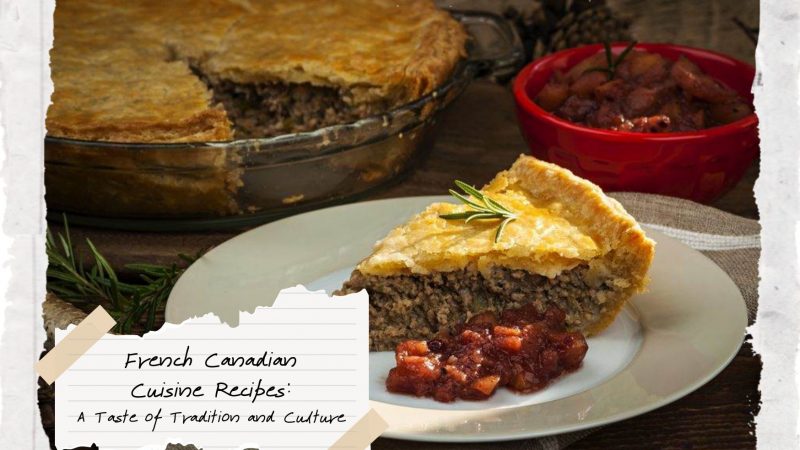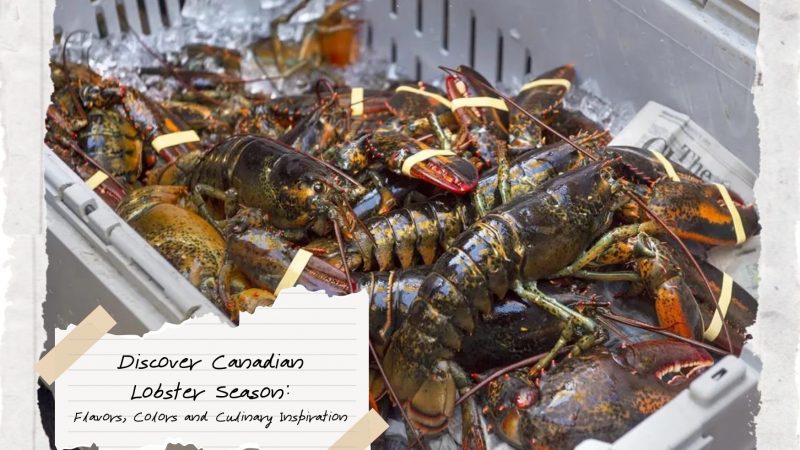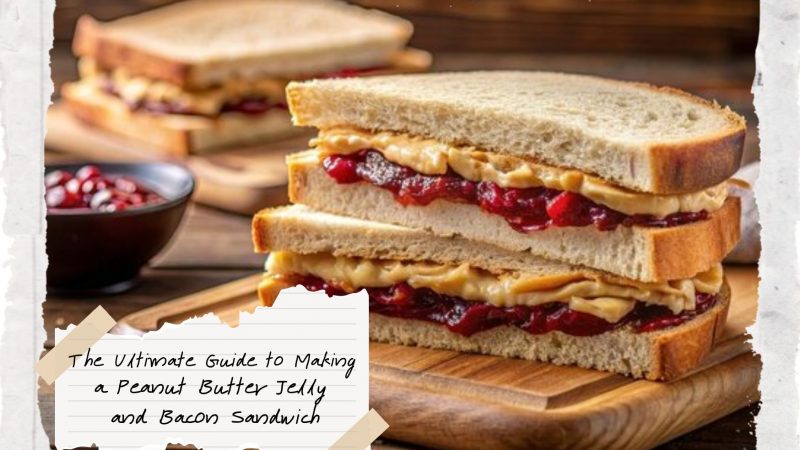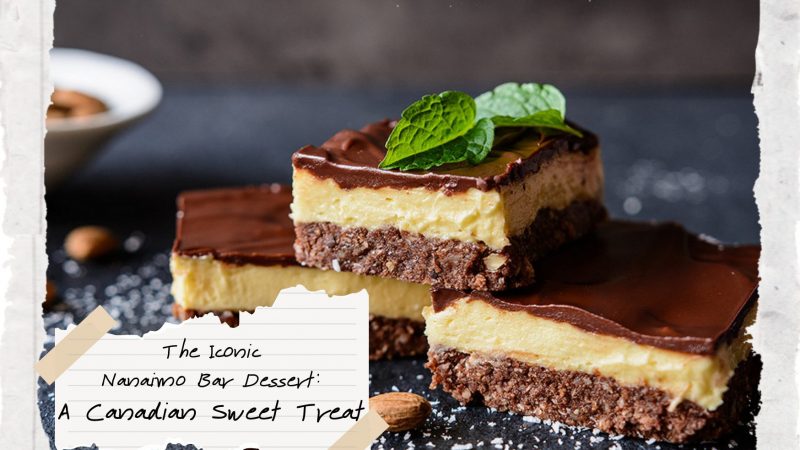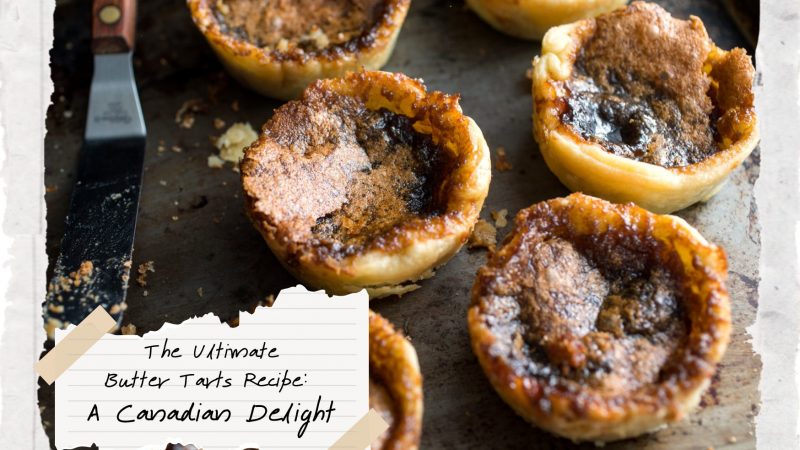Australian Wagyu Grading System: How to Choose Premium Beef
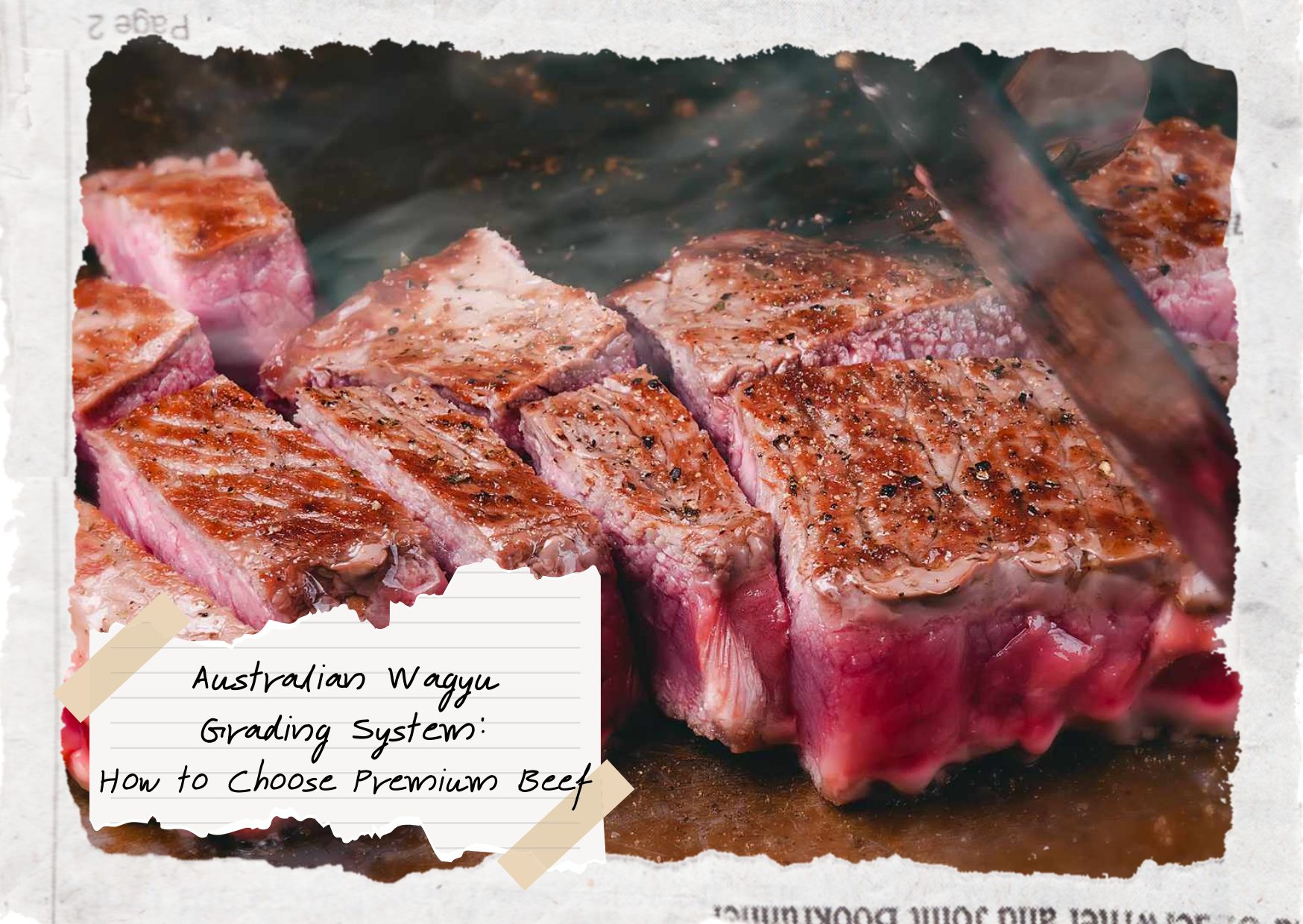
When it comes to premium beef, Wagyu is a name that stands out globally. Renowned for its exceptional marbling, tenderness, and flavor, Wagyu beef is prized by chefs and food connoisseurs worldwide. Among the systems used to evaluate Wagyu beef, the Australian Wagyu Grading System stands as one of the most comprehensive and reliable. This guide explores the nuances of the grading system and the factors that contribute to the extraordinary quality of Australian Wagyu.
What Is Wagyu Beef?

Wagyu, meaning “Japanese cow,” refers to specific breeds known for their superior marbling and meat quality. The four main breeds of Wagyu are:
- Japanese Black
- Japanese Brown
- Japanese Polled
- Japanese Shorthorn
Australian Wagyu is predominantly derived from Japanese Black genetics, which produce the highest marbling scores. Over decades, Australian farmers have refined breeding techniques and practices to match the quality of traditional Japanese Wagyu.
Introduction to the Australian Wagyu Grading System
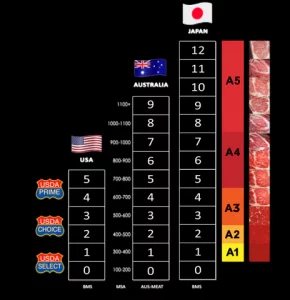
The Australian Wagyu Grading System assesses beef based on several key attributes to ensure consistency in quality. These attributes include:
- Marbling (MS): The amount of intramuscular fat.
- Meat Color and Fat Color: Bright red meat with creamy white fat is ideal.
- Texture and Firmness: Fine, smooth texture indicates premium quality.
- Yield Grade: The ratio of usable meat to carcass weight.
The grading system uses a scale that allows both producers and consumers to understand the quality of the beef they are dealing with.
How the Australian Wagyu Grading System Works
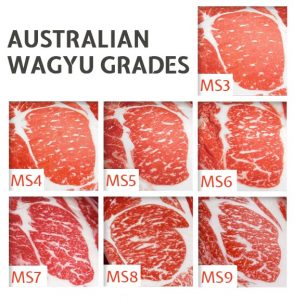
1. Marbling Score (MS)
The marbling score is a key component of the grading system. It ranges from MS 0 to MS 9+, with higher numbers indicating greater marbling. Australian Wagyu often achieves scores of 6 to 9+, signifying rich marbling that enhances tenderness and flavor.
2. Meat Color and Fat Color
- Meat Color: Assessed on a scale from 1 (pale) to 7 (dark). A bright cherry-red color is most desirable.
- Fat Color: Rated from 0 (white) to 9 (yellow). Creamy white fat is a hallmark of high-quality Wagyu.
3. Texture and Firmness
The texture and firmness of the meat are critical indicators of quality. Fine-grained, firm meat is more likely to deliver a superior dining experience.
4. Yield Grade
The yield grade measures the proportion of edible meat compared to bones and fat. Higher yield grades are preferred for economic and culinary value.
Why Australian Wagyu Is Unique
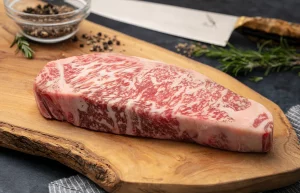
Australia has become one of the largest producers of Wagyu beef outside of Japan. Here’s what makes Australian Wagyu special:
- Genetics: Australian Wagyu is derived from high-percentage Japanese Black cattle.
- Climate and Environment: Australia’s diverse climate allows for optimal cattle raising conditions.
- Grain-Fed Rearing: Australian Wagyu is often grain-fed for a minimum of 350 days, contributing to its rich marbling.
- Sustainability: Many Australian producers prioritize environmentally friendly farming practices.
Australian Wagyu Grading vs. Japanese and Other Systems
Japanese Beef Marbling Standards (BMS):
The Japanese system scores marbling from 3 to 12. While similar, the Australian system provides more general categories, making it easier for consumers to understand.
USDA Grading:
The USDA system (Prime, Choice, Select) focuses less on marbling detail, which may not fully reflect Wagyu’s unique qualities.
Australian Advantage:
The Australian system blends precision with accessibility, ensuring that both professionals and casual consumers can appreciate Wagyu’s excellence.
How to Choose the Best Australian Wagyu Beef
- Check the Marbling Score: Look for MS 6 or higher for a luxurious experience.
- Ask About Certification: Ensure the beef is certified Australian Wagyu.
- Select Cuts Wisely: Popular cuts like ribeye, striploin, and tenderloin showcase Wagyu’s qualities.
How to Cook Australian Wagyu
Cooking Wagyu requires care to maximize its unique qualities. Here are some tips:
- Use High Heat: Sear the meat quickly to preserve its tenderness.
- Keep It Simple: Season with salt and pepper to highlight the natural flavors.
- Rest the Meat: Allow the steak to rest after cooking for optimal juiciness.
Pairing Suggestions for Australian Wagyu
The richness of Australian Wagyu pairs well with:
- Red Wines: Full-bodied wines like Shiraz or Cabernet Sauvignon complement the beef’s flavor.
- Simple Sides: Mashed potatoes, grilled vegetables, or a fresh salad balance the richness.
Conclusion
The Australian Wagyu Grading System ensures that consumers receive the highest quality beef, celebrated for its marbling, tenderness, and flavor. Understanding the grading system allows you to choose the best cuts and fully appreciate the craftsmanship behind Australian Wagyu. Whether you’re a seasoned chef or a home cook, indulging in Australian Wagyu is a culinary experience like no other.


